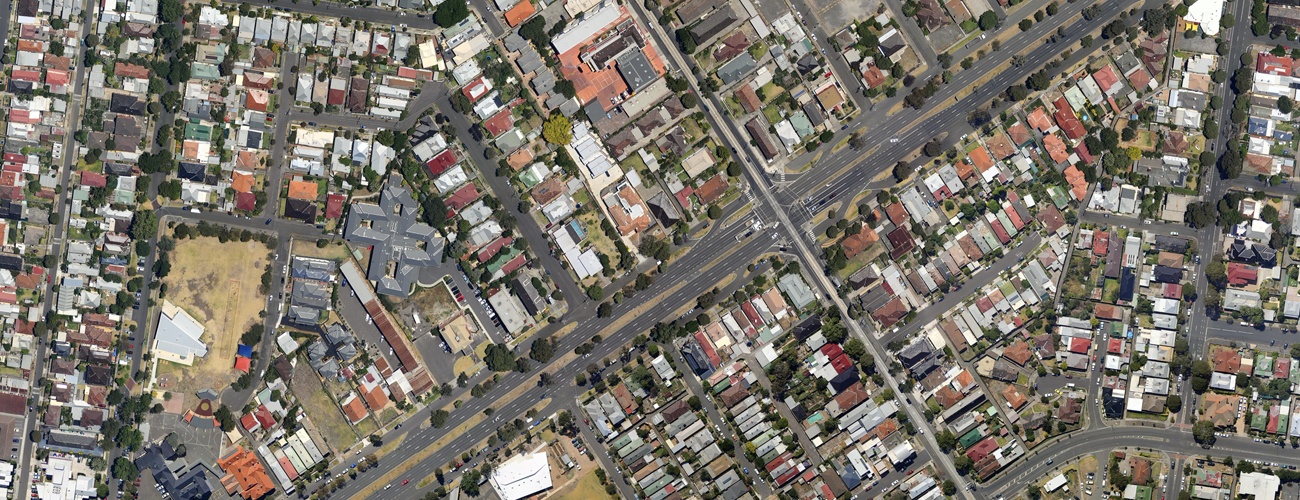SIDRA for Project Managers & Reviewers
This page provides information about the SIDRA for Project Managers & Reviewers program.
Program Contents
The workshop will include hands-on software use aiming at improved familiarity with the SIDRA user interface and focusing on input and output relevant to the review of SIDRA analysis results. This 6.5 hour program consists of 7 Topics.
Download this Program: PDF - 104 KB
Last Revised: 12 July 2023
This program has been prepared according to driving on the left-hand side of the road and using Metric units for countries such as Australia, New Zealand, South Africa, Malaysia, Singapore and India.
AUSTROADS and local guidelines for SIDRA use; model categorisation and model choice; SIDRA Network size and type; different definitions of performance measures;
User Software Setup for preferred local parameter values; importance of using the latest software version; consistency in analysis of alternative control types; modelling and assessing performance by Movement Class (LVs, HVs, Buses, Cyclists, Light Rail / Trams, Large Trucks); modelling Pedestrians.
Basic navigation knowledge (main tabs, ribbon, project pane, display pane);
preferred SIDRA output reports and displays for Intersections; Layout pictures;
MANAGE tab options for customised output;
SIDRA User Reports for customised output and PDF documents;
Input Comparison and Output Comparison;
Volume data; Demand flows vs Capacity flows; growth rates for Design Life analysis;
Peak Flow Factor and Peak Flow (Analysis) Period; Variable Demand Analysis for congestion modelling; short lanes, slip lanes and importance of other lane-based geometry data.
Example pmr1 - A two-lane roundabout
Appropriate signal analysis methods (EQUISAT (Fixed-Time / SCATS) and Actuated);
Common Control Groups (CCGs);
signal sequences;
user-given and program-determined cycle times;
relevance of "optimum" cycle time;
Important aspects of pedestrians in SIDRA analysis;
importance of pedestrian counts (pedestrian actuation, pedestrian interference to vehicle movements, pedestrian protection);
pedestrian crossing speeds; pedestrian analysis report for signals;
downstream short lane merge.
Example pmr2 - A signalised intersection
Gap acceptance parameters;
SIDRA roundabout capacity model;
roundabout metering signals;
sign-controlled (stop and give-way) intersections;
Two-stage Crossing (seagull, etc) and Full Crossing at sign-controlled intersections;
Priorities.
Example pmr3 - A sign-controlled intersection
Calibration of model for the base case;
key input parameters for use in calibration; surveys for base model calibration;
Saturation Flow and SCATS MF;
recommended method for calibrating key input parameters;
checking calibration input for reasonable ranges.
Intersection, Route and Network performance measures (capacity, degree of saturation, practical capacity, delay, queue length, stops, travel time, average speed, speed efficiency); level of service; fuel consumption, operating cost and emissions;
performance by Movement Class; pedestrian performance;
signal coordination;
Lane Blockage and Capacity Reduction in network analysis;
Network Model Variability and Diagnostics report;
Midblock Lane Changes and Lane Movements in network analysis; extra bunching.
Example pmr4 - A signalised diamond interchange with an adjacent intersection
Example pmr5 - Roundabout corridor with a signalised intersection
Design measures for improving performance (additional lanes, longer short lanes, slip lanes, etc); Project Summary report for performance comparison of all scenarios;
assessment of design and operation scenarios to mitigate increased delays, queues and emissions due to development traffic increases and flow pattern changes.
Example pmr6 - A Traffic Impact Assessment example
Developing of the Process of Reviewing SIDRA Project Reports
CASE STUDIES and Discussion of Workshop Effectiveness
Workshop Evaluation Survey
Enquiries
Online
Please use our Contact Form for all technical support, sales, training and general enquiries.
Phone
Telephone: +61 3 9830 7123
Mobile: +61 423 024 372
Office hours
Monday to Friday
9.00 am to 5.00 pm AEST
Current AEST
